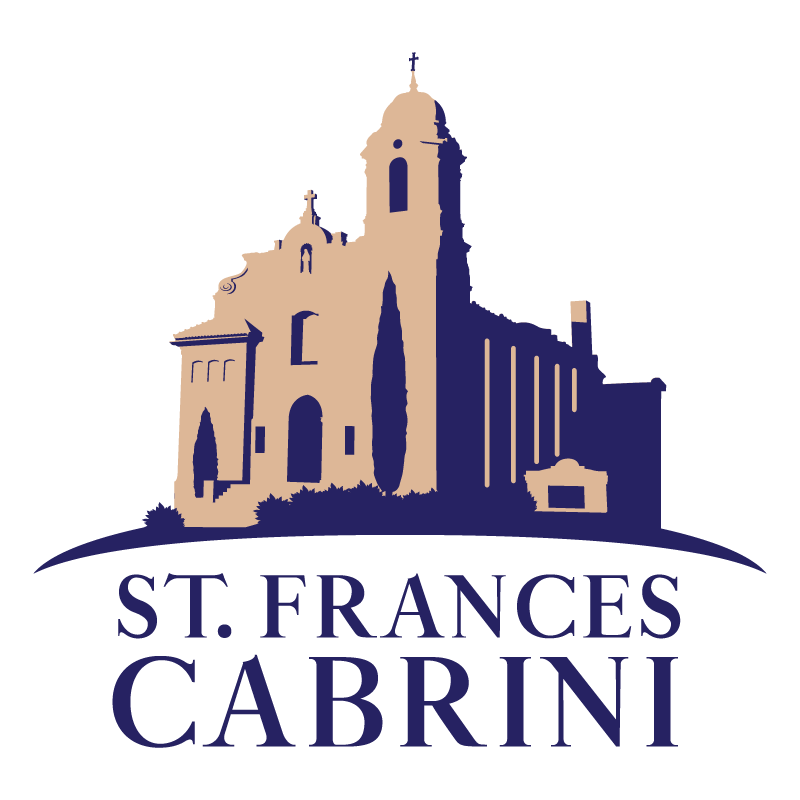Dear Friends,
Each year, a liturgy of great solemnity and beauty takes place in every cathedral church in the world. At that liturgy, the Chrism Mass, the Archbishop blesses the oils, which are to be used during the ensuing year in the administration of the Sacraments, as well as in various consecrations and blessings of persons and things. The ceremony of the Blessing of the Oils is full of significant symbolism. It includes the presence of a large number of the clergy (where they renew their priestly commitment), for the sacred oils are considered by the Church to be of such importance as to call for an imposing ceremony. Few inanimate things receive more honor than the oils, which are to be used so often during the year in the imparting of God’s grace through Sacraments and blessings.
Each of us Catholics have received already some of the benefits given through these holy oils, namely, in the ceremonies of Baptism and in the conferring of the Sacrament of Confirmation; some have received further graces through them in the Sacrament of the Sick, and a few have been ordained.
In the countries of the Middle East and in southern Europe, olive oil has always been a necessity of daily life. It enters into the preparation of food; it is used as a remedy, internally and externally; in past centuries it was the chief means of furnishing light, being consumed in lamps; it was employed in ancient times by the athletes of the Olympic games, to give suppleness to their muscles. We see the various symbolic meanings the Church observes when she uses it to give us spiritual nourishment, to cure our spiritual ailments, to diffuse the light of grace in our souls, and to render us strong and active in the never-ending work of discipleship. The use of oil to express the imparting of spiritual strength is so appropriate that the Church employs it not only for the anointing of living beings but also for bells and chalices and altars and churches.
The oils blessed are of three kinds:
The Oil of Catechumens.
This kind of sacred oil is used in the ceremonies of Baptism, and derives its name from that fact — a catechumen being an instructed convert who is about to receive the Sacrament of Baptism.
The Holy Chrism.
The Chrism is the essential substance for the administration of the Sacrament of Confirmation. It is applied by the Bishop in the form of a cross on the forehead of the person confirmed. It is used also in the ceremonies of Baptism, an anointing being made with it on the crown of the head immediately after the pouring of the water. Its use is required also in the consecration of a Bishop, and the ordination of a priest. All those who share in Christ’s priesthood, share with him, each at their own level, Christ’s role in teaching, sanctifying and leading his people. Chrism has balsam added to the olive oil. The mixing of this fragrant material with the sacred oil gives the latter the name of Chrism, which signifies a scented ointment. As oil typifies the fullness of grace imparted through the Sacrament, so balsam expresses freedom from corruption and the sweet odor of virtue.
The Oil of the Sick.
The sacrament of Anointing of the Sick is given to those who are seriously ill by anointing them on the forehead and hands with blessed oil.
The Church asks that these sacred oils be stored in a special place, usually in an area close to the baptismal font. Most of the time you will see these storage places, Ambries, as a recessed spot near the font. However, when the Ambry is built later than the church itself, the Ambry is usually a special cabinet mounted to the wall near the baptismal font.
If you were observant last Sunday, then you noticed the new Ambry mounted near the baptismal font. Its design is such, that like the font itself, it looks like it was always a part of our beautiful church of Cabrini. The Ambry honors the oils with the dignity they deserve yet does not take away from the Sacraments themselves. I hope the new Ambry inspires you to a deeper understanding of the role of the sacred oils and our Sacraments.
Peace,
Fr. Damian



